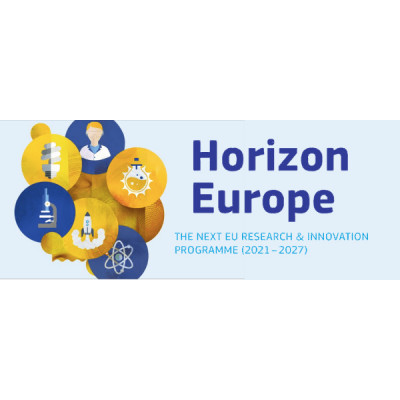Print

Fuselage, Rear Fuselage and Empennage with Cabin and Cargo Architecture Solution validation and Technologies for H2 integration: FASTER-H2
Details
Locations:Belgium, Czech Republic, Denmark, France, Germany, Greece, Italy, Netherlands, Spain
Start Date:Jan 1, 2023
End Date:Mar 31, 2026
Contract value: EUR 29,456,805
Sectors: Air & Aviation, Energy, Science & Innovation
Description
Programme(s):
HORIZON.2.5 - Climate, Energy and Mobility
HORIZON.2.5.7 - Clean, Safe and Accessible Transport and Mobility
Topic(s): HORIZON-JU-CLEAN-AVIATION-2022-01-SMR-03 - Advanced Low Weight Integrated Fuselage and Empennage for Short Range and Short-Medium Range Aircraft
Call for proposal: HORIZON-JU-Clean-Aviation-2022-01
Funding Scheme: IA - Innovation action
Grant agreement ID: 101101978
Objective:
The FASTER-H2 project will validate, down select, mature and demonstrate key technologies and provide the architectural integration of an ultra-efficient and hydrogen enabled integrated airframe for targeted ultra-efficient Short/Medium Range aircraft (SMR), i.e. 150-250 PAX and 1000-2000nm range.
To enable climate-neutral flight, aircraft for short and medium-range distances have to rely on ultra-efficient thermal energy-based propulsion technologies using sustainable drop-in and non-drop-in fuels. Besides propulsion, the integration aspects of the fuel tanks and distribution system as well as sustainable materials for the fuselage, empennage are essential to meet an overarching climate-neutrality of the aviation sector.
Green propulsion and fuel technologies will have a major impact on the full fuselage, including the rear fuselage, the empennage structure as well as cabin and cargo architecture in so far as the integration of storage and the integration of systems for the chosen energy source are concerned (H2, direct burn, fuel cell).
Not only do the specific properties of hydrogen necessitate a re-consideration of typical aircraft configurations, requiring new design principles formulation and fundamental validation exercises, but they also raise a large number of important follow-on questions relating to hydrogen distribution under realistic operational constraints and safety aspects.
The project will explore and exploit advanced production technologies for the integrated fuselage / empennage to reduce production waste and increase material and energy exploitation with Integrated Fuselage concept selected (maturity TRL3/4) until end of first phase in 2025. An anticipated route to TRL6 until end of the Clean Aviation programme in 2030 will ensure entry-into-service in 2035.

